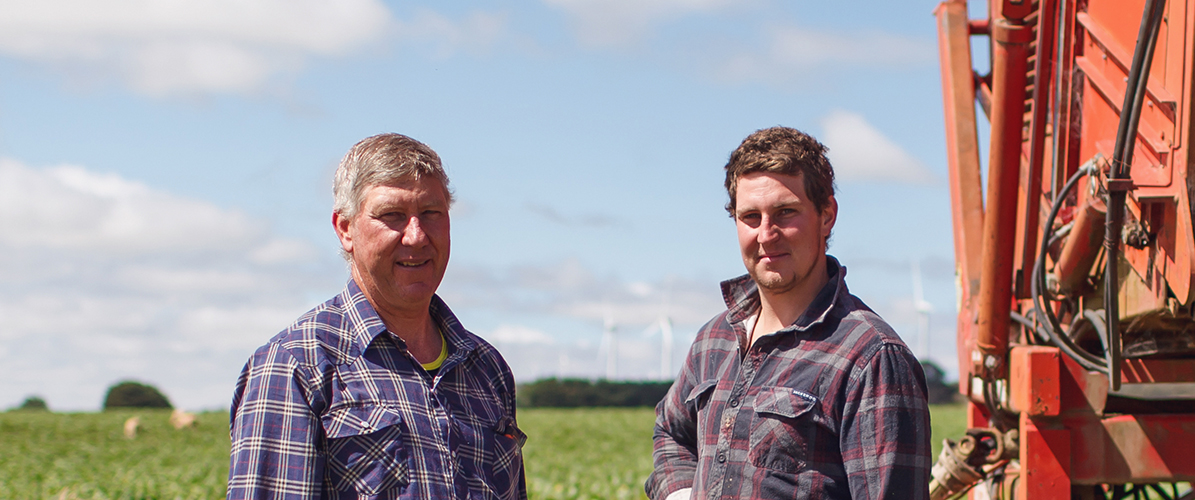Developing a nutrient and/or health claim label for packaged baby leaf spinach and rocket
21 February 2018
Matthew Gay cashes in on knowledge transfer through industry communications
23 February 2018A group of Australian vegetable growers has returned this week from a leadership and development mission to the United States with a better understanding of how American growers are tackling the challenges universal to the horticulture sector, and how they’re innovating on a grand scale to feed a massive population.
The two-week tour, led by AUSVEG, gave growers an insight into the horticulture industries on the east and west coasts of America, with visits to growing operations, researchers and agribusinesses in Arizona, Florida and California. As a strategic levy investment under the Hort Innovation Vegetable Fund, this mission had a heavy focus on helping growers develop broader knowledge about horticultural production and develop networks – and every stop along the way delivered.
Outside Phoenix in Arizona, the delegation visited Duncan Family Farms, which grows organic baby leaf items and a range of specialty crops. The operation uses its own composting system to ensure it can supply its soil and its crops with high-quality compost, ensuring self-sufficiency and diverting huge amounts of green waste that would otherwise go to landfill through a partnership with the local council.
While in Arizona the group also visited the Automated Harvesting Company, a division of Taylor Farms developing machines that push the boundaries of what automation and robotics can do on-farm. At the top of this article you can see one such machine: an automated lettuce harvester that uses high-pressure water jets to cut cos lettuce, then transports it to a working platform on the back of the truck where it’s packed by hand. This system gives workers a better work environment and enables the company to harvest 12 acres per day.
Image gallery: Vegetable retail in the USA
Take an inside look at some of the display and product innovations on offer in American vegetable retail, including pre-cut offerings (like carrot chips and crinkle-cut sweetpotatoes), value-add formats (like veggies with dip and ready-to-cook vegetables with cheese), and customer-focused retail displays (including category call-outs and in-built produce misters).
The tour also visited growing operations in Florida – a very different climate, with its own challenges. With vegetables out of season during the visit, the group took the chance to learn about other horticultural production, including the work of Southern Hill Farms. This blueberry farm integrates a ‘U-Pick’ consumer harvesting program with a winery-style experience to attract consumers and boost its returns.
From there, it was back to California and one of the largest producers of salad and vegetables in the United States: Taylor Farms. This massive operation moves nearly 16,000 tonnes of product every week, so this visit gave our Australian growers an eye-opening look at the scale of the processing facilities that the American vegetable industry relies on to meet consumer demand.
As well as many more growing operations, the tour also visited key industry sites to give growers a chance to network and share their industry knowledge. One of the most valuable site visits was the group’s time at the global headquarters of Bayer Crop Science in Sacramento, where growers spent time learning about the company’s biological pest management solutions and speaking face-to-face with more than a dozen Bayer scientists about what the Australian industry needs from crop chemistry.
With such a packed itinerary (including the huge World Ag Expo in Tulare, California), there are plenty more lessons and photos from this tour that aren’t covered here, so we’ll be featuring it in more depth in upcoming AUSVEG communications. Keep an eye out for more!
This post appeared in the AUSVEG Weekly Update published 27 February 2018.




















